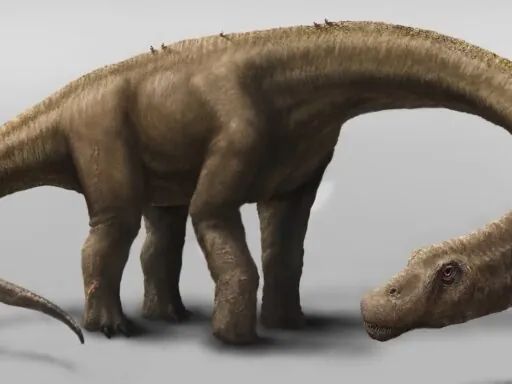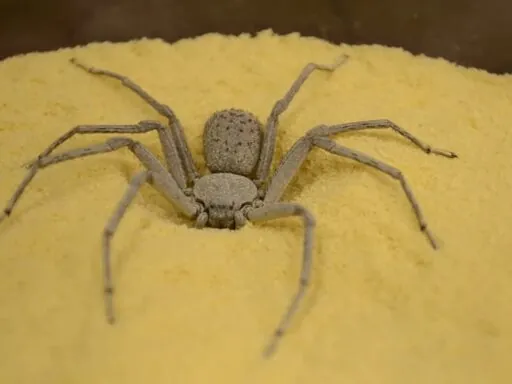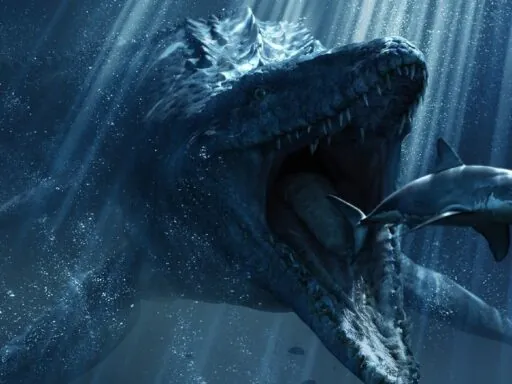What is the coolest animal in the world? It’s a question that sparks endless curiosity and debate, leading us to the farthest corners of the Earth in search of extraordinary creatures. From the deep oceans to the highest mountains, the animal kingdom is filled with species that defy expectations and captivate our imagination. In this article, we’ll explore the top 10 coolest animals in the world, each one a marvel of nature with unique traits that make them stand out in a crowd.
1. Axolotl
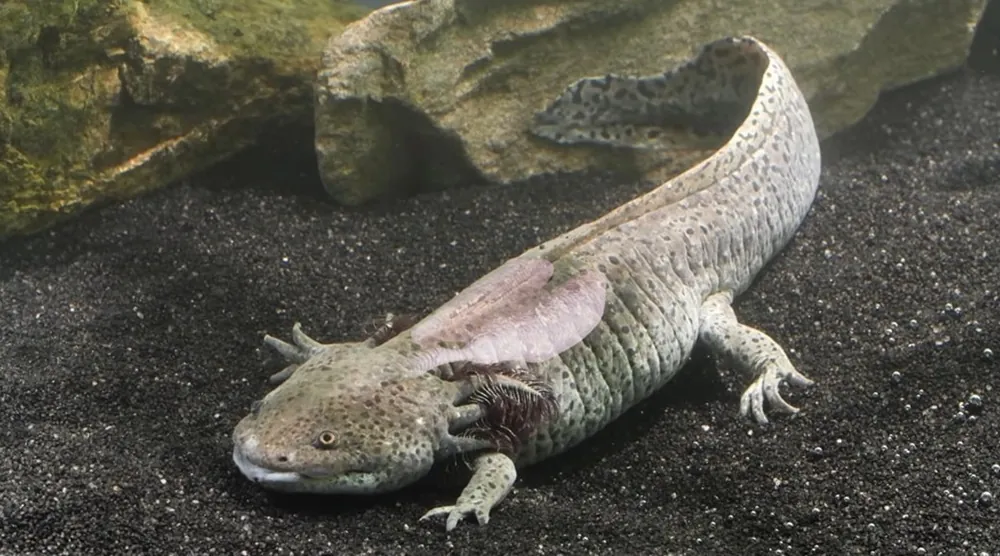
The axolotl, often dubbed the “Mexican walking fish,” is a fascinating amphibian that never undergoes metamorphosis like most of its relatives. Instead, it retains its larval features, including gills, throughout its life—a condition known as neoteny.
Curiously, axolotls, one of the best animals in the world, possess the ability to regenerate entire limbs, spinal cords, and even parts of their hearts and brains, making them a subject of intense scientific research. Native to the lakes underlying Mexico City, axolotls are critically endangered in the wild due to habitat loss and pollution. Yet, they thrive in captivity, serving as both pets and research subjects.
2. Blue Dragon
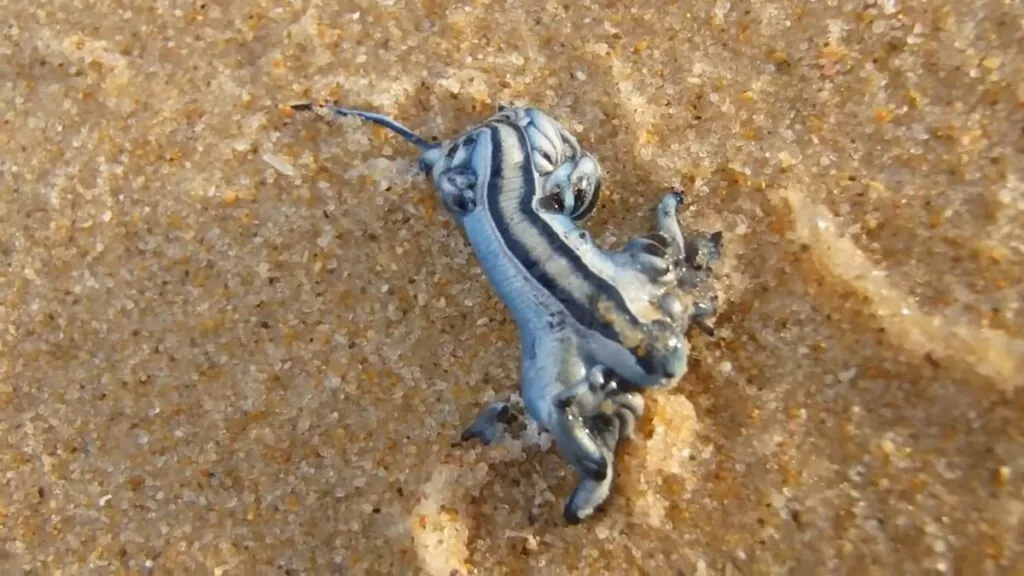
The Blue Dragon (Glaucus atlanticus) is a small but striking sea slug known for its vibrant blue coloration and extraordinary lifestyle. Measuring only about 3 centimeters in length, this creature floats on the ocean’s surface, upside down, using the water’s surface tension to stay afloat.
Even with its delicate appearance, the Blue Dragon packs a powerful sting. It feeds on venomous siphonophores like the Portuguese Man o’ War and stores the venom in its own tissues, making its sting more potent than its prey’s. This remarkable defense mechanism makes the Blue Dragon one of the most feared and fascinating creatures in the ocean.
3. Immortal Jellyfish
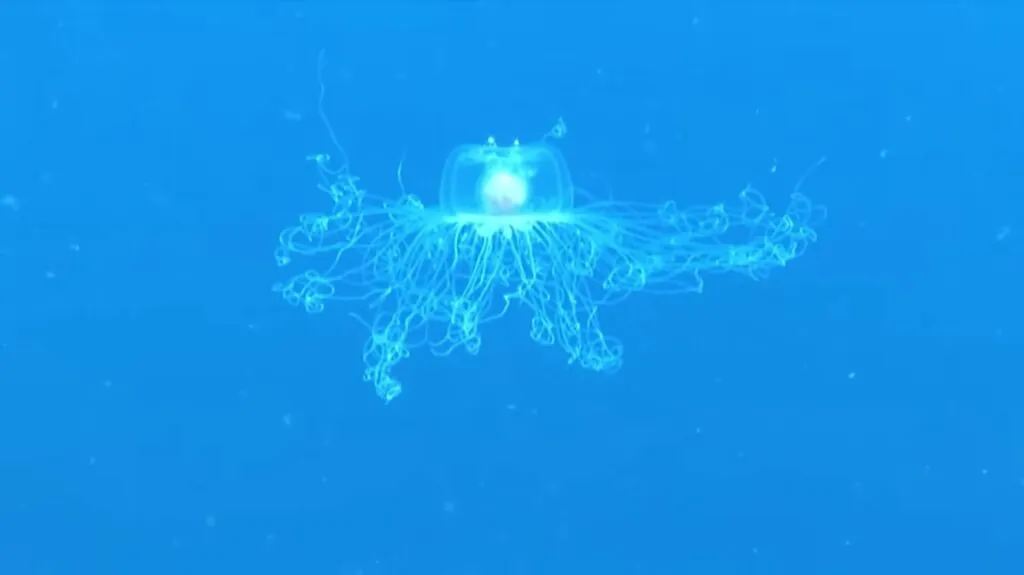
The Immortal Jellyfish (Turritopsis dohrnii) , one of the coolest animals in the world, is a creature that defies the natural laws of aging and death, earning its name through a unique ability to revert to its juvenile form after reaching maturity. This process, called transdifferentiation, allows the jellyfish to essentially restart its life cycle, making it biologically immortal. Found primarily in the Mediterranean Sea and off the coast of Japan, this tiny jellyfish, barely 4.5 millimeters in diameter, has become a focus of scientific research for its potential insights into aging and regenerative medicine.
4. Maned Wolf
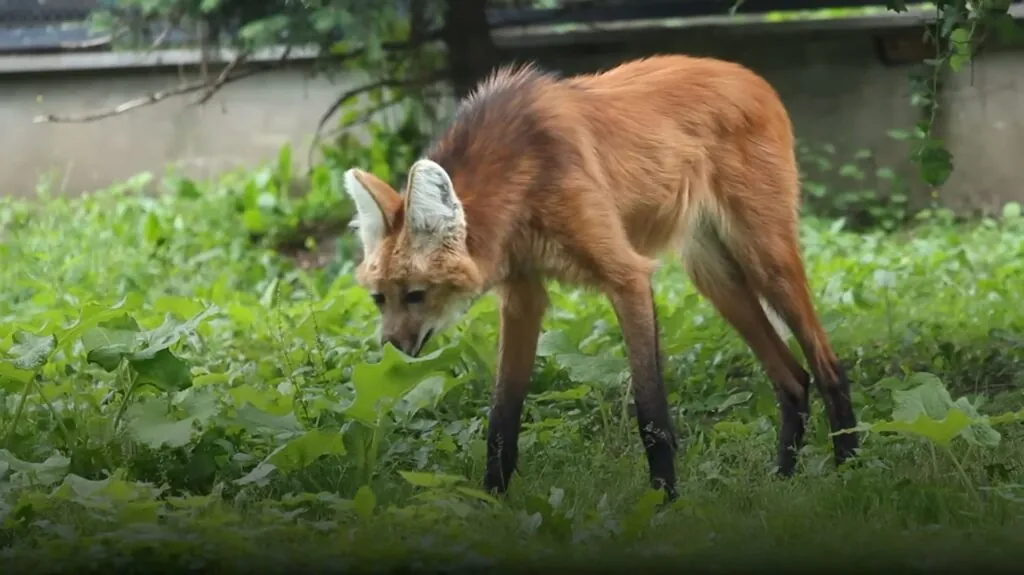
The Maned Wolf (Chrysocyon brachyurus) is a fascinating creature native to South America’s grasslands, particularly in Brazil, Argentina, and Paraguay. Despite its name, the Maned Wolf is not a wolf or a fox but a unique species in its own genus. Standing about 3 feet tall at the shoulder, its long legs are an adaptation to see over tall grasses. The Maned Wolf’s distinctive red coat and black mane make it one of the most visually striking canines. Unlike other large predators, it is omnivorous, with around 50% of its diet consisting of plant matter, particularly the lobeira fruit, which is crucial for its survival in the wild.
5. Slow Loris
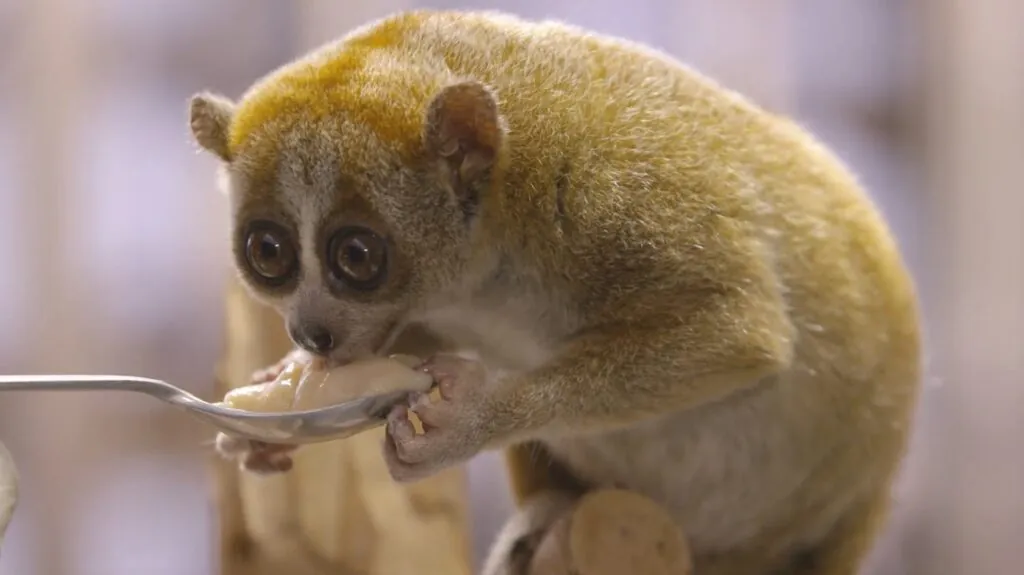
The Slow Loris is a nocturnal primate native to the rainforests of Southeast Asia, known for its large, endearing eyes and slow, deliberate movements. Regardless of its cute appearance, the Slow Loris is one of the few venomous mammals in the world.
It has a gland in its elbow that secretes a toxin, which the Slow Loris mixes with its saliva to deliver a venomous bite. This venom can cause severe allergic reactions in humans and is used by the Slow Loris for self-defense and hunting. Sadly, the Slow Loris is often targeted by the illegal pet trade, leading to significant population declines in the wild.
6. Japanese Spider Crab
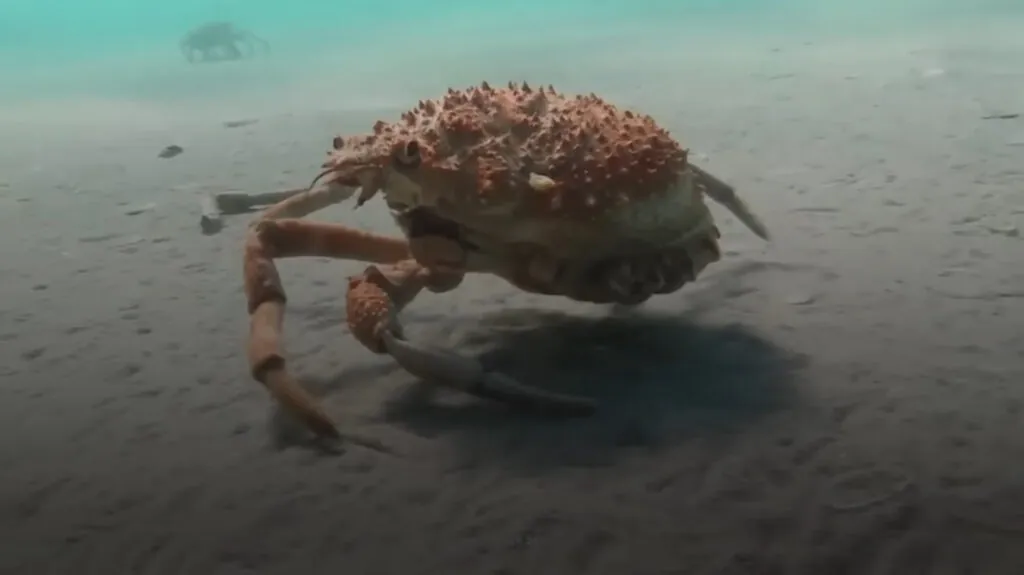
The Japanese Spider Crab (Macrocheira kaempferi) is the largest known arthropod, with a leg span that can reach up to 12 feet, making it a formidable presence in the ocean depths around Japan. In the face of its intimidating appearance, this giant crab is a gentle scavenger, feeding primarily on dead animals and plant matter on the ocean floor. The crab’s long, spindly legs are not just for show – they help it navigate the rocky seabed and evade predators. Interestingly, Japanese Spider Crabs, one of the coolest animals in the world, can live for up to 100 years, contributing to their legendary status in marine biology.
7. Pacu Fish
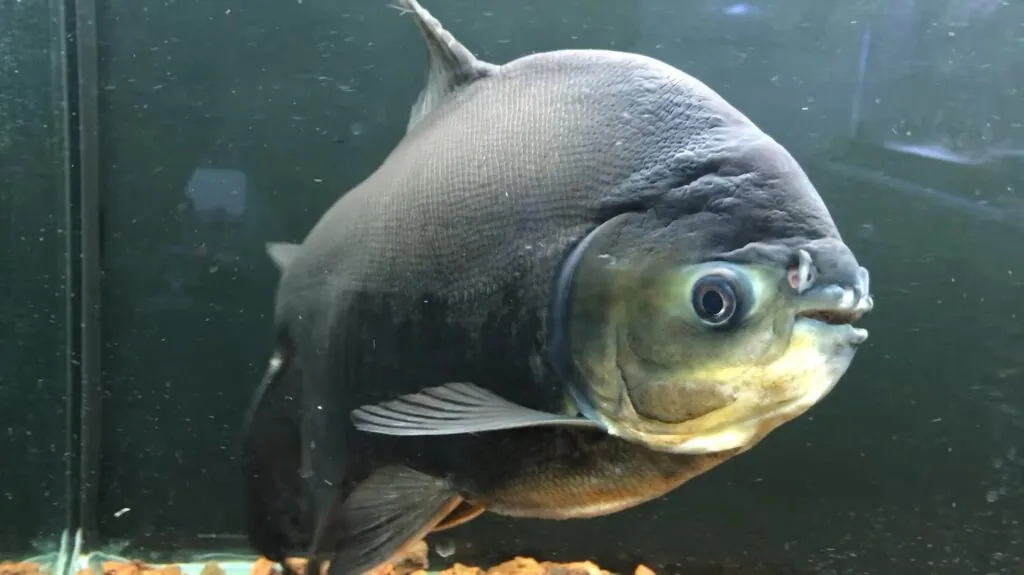
The Pacu fish, native to the Amazon River Basin, is particularly fascinating due to its human-like teeth, which are flat and molar-like. These teeth are uniquely adapted for crushing hard nuts, seeds, and fruits that fall into the water, making the Pacu a key player in seed dispersal within its ecosystem.
Despite its resemblance to the fearsome piranha, the Pacu is primarily herbivorous and generally non-aggressive. However, its powerful jaws and teeth have occasionally raised concerns, as they are capable of inflicting injuries if provoked. Pacu fish can grow significantly large, sometimes weighing over 50 pounds.
8. Okapi
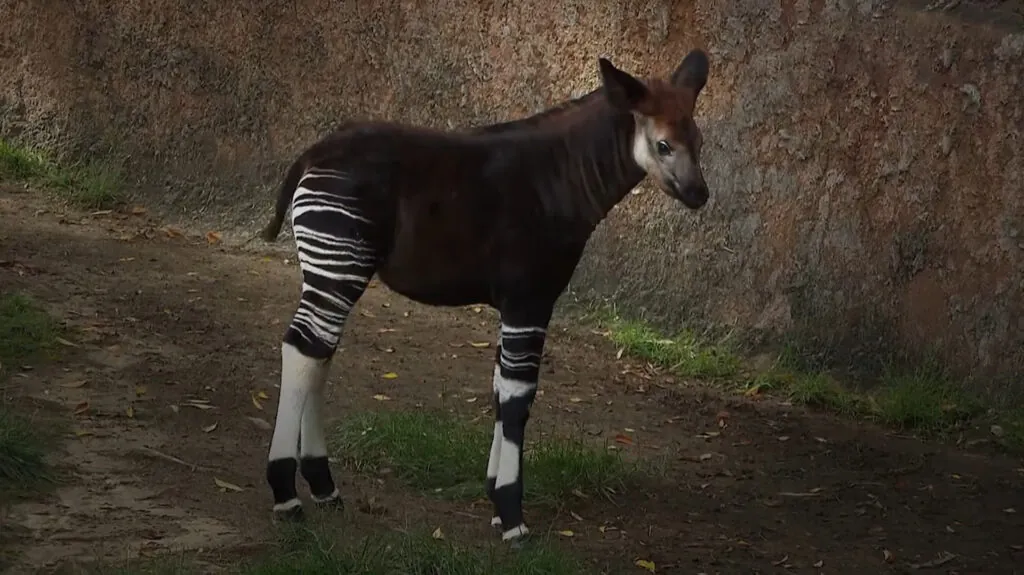
The okapi, often called the “forest giraffe,” is an elusive and fascinating creature found only in the dense rainforests of the Democratic Republic of Congo. Even though its zebra-like stripes, the okapi is actually the closest living relative of the giraffe, sharing a common ancestor from around 16 million years ago. Unlike giraffes, okapis have shorter necks, adapted to their forest habitat, where they feed on a variety of vegetation, including leaves, fruits, and fungi.
One of the okapi’s most remarkable features is its long, prehensile tongue, which can reach up to 14 inches (36 cm) and is used for both feeding and grooming. This tongue is so flexible that the okapi can use it to clean its eyes and ears.
9. Platypus
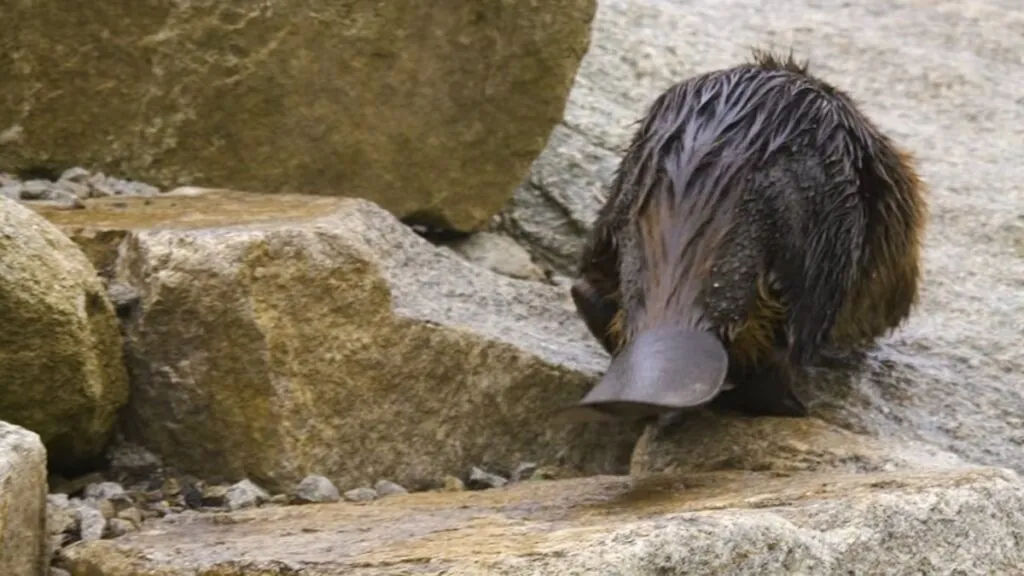
The platypus, one of the coolest animals in the world, is one of the most extraordinary creatures on Earth, blending traits of reptiles, birds, and mammals. This egg-laying mammal is unique not only for its duck-bill and webbed feet but also for the remarkable adaptations it possesses. The male platypus is venomous, with spurs on its hind legs that can deliver a painful sting, primarily used during mating competition.
Furthermore, the platypus has an electroreceptive bill, allowing it to detect the electric fields produced by the movements of its prey underwater. Interestingly, although it is a mammal, the platypus doesn’t nurse its young with teats; instead, it secretes milk through its skin, which the babies lap up from the mother’s fur.
10. Blobfish
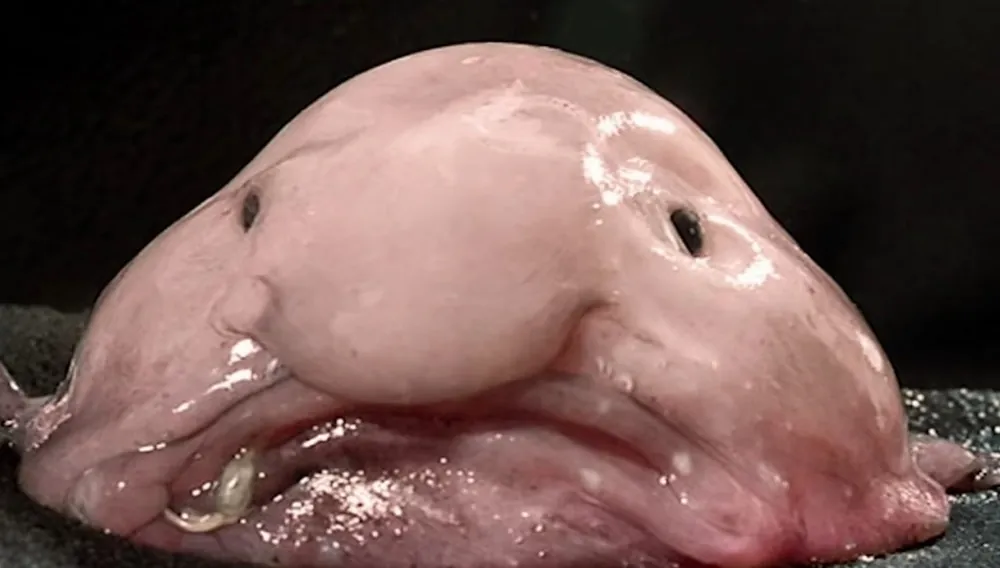
The blobfish, a deep-sea dweller often labeled as the “world’s ugliest animal,” has a unique gelatinous body that allows it to survive in the crushing pressures of its habitat, located between 600 to 1,200 meters deep off the coasts of Australia and New Zealand. Unlike typical fish, blobfish lack bones and muscles, making them less dense than water, which enables them to float just above the sea floor without expending much energy. This passive lifestyle, along with a diet consisting of crabs and sea urchins, helps them thrive in an environment where food is scarce.
The top 10 coolest animals in the world were ranked based on a combination of their unique biological traits, unusual adaptations, and their overall impact on both scientific research and popular culture. Each animal on the list stands out for its remarkable abilities, whether it’s the axolotl’s regenerative powers, the immortal jellyfish’s ability to avoid death, or the platypus’s blend of reptilian and mammalian features.
These unique animals were also chosen for their rarity and the way they challenge our understanding of the natural world, highlighting the incredible diversity and adaptability of life on Earth.
